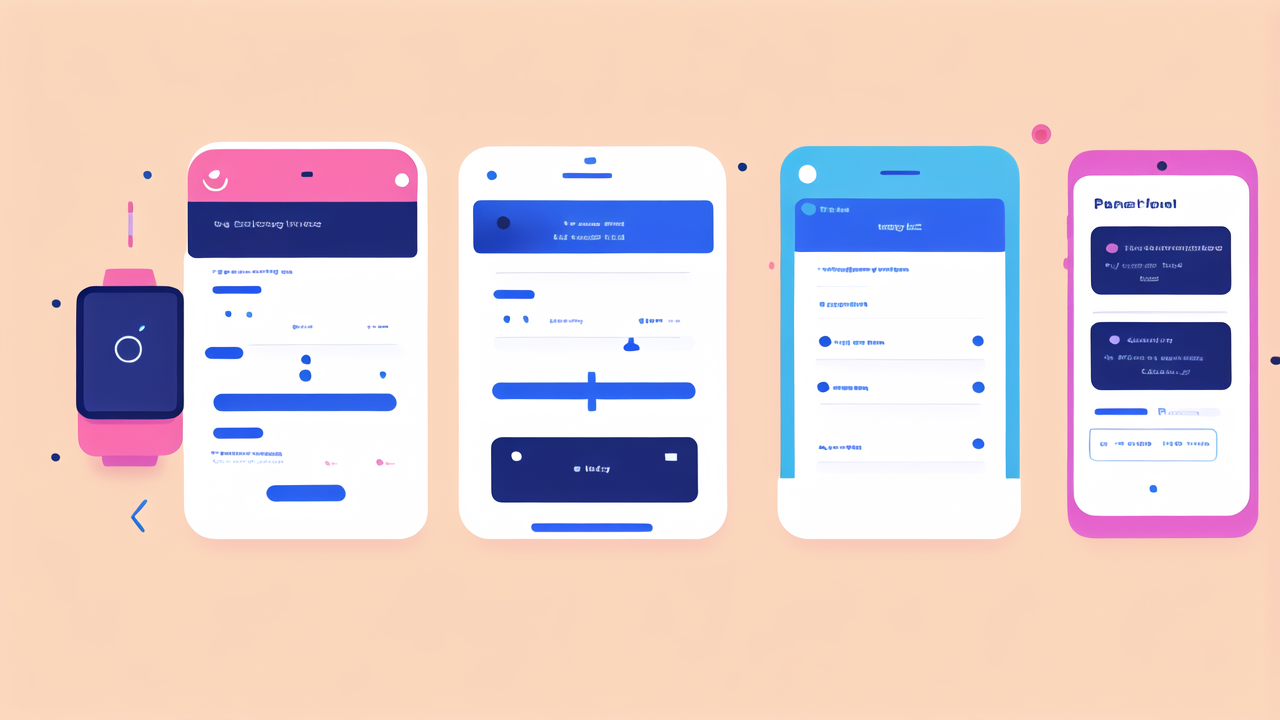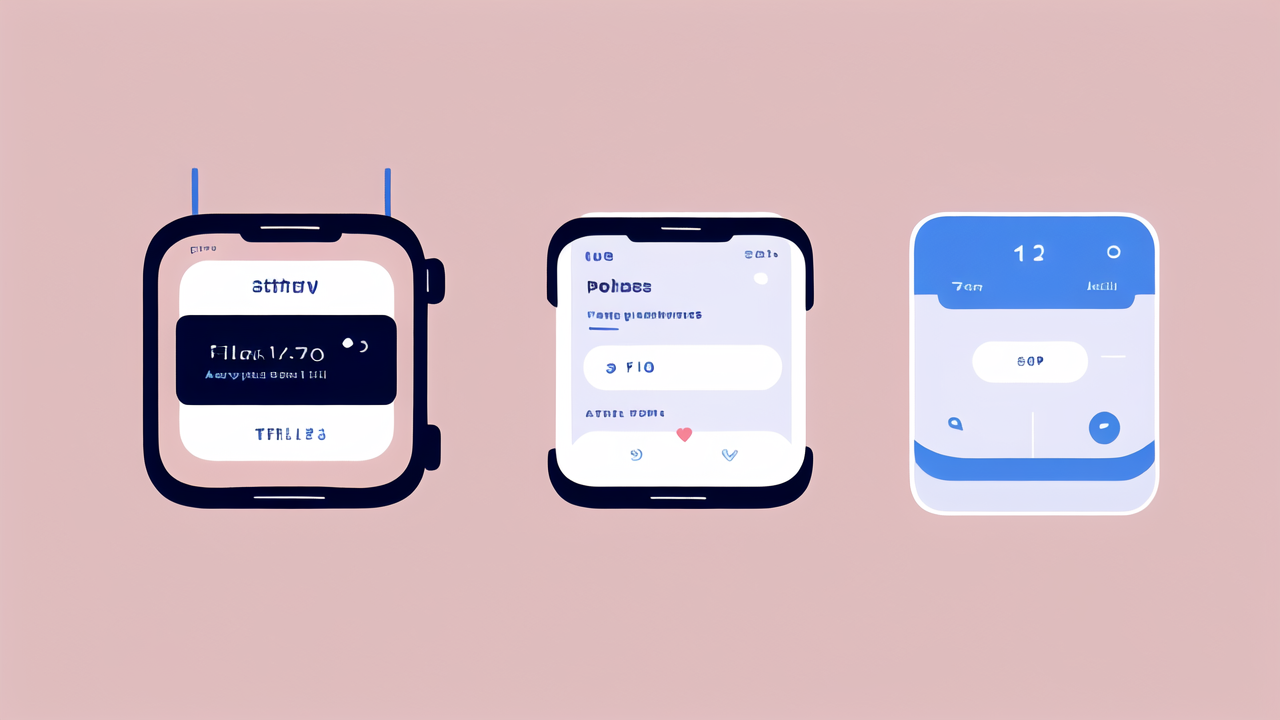Understanding Activity Trackers: A Deep Dive into Consumer Behavior
The Evolution of Activity Tracking Technology
Activity trackers have come a long way since their inception. Early models were simple pedometers. They only counted steps. Today's trackers are much more advanced. They monitor heart rate, sleep patterns, and even stress levels.

The first digital fitness tracker hit the market in 2006. It was bulky and basic. Fast forward to now, and we have sleek, multifunctional devices. They sync with smartphones and provide real-time data.
Consumers now expect more from their trackers. They want accurate data and actionable insights. This has driven innovation in the industry. Companies are constantly improving sensor technology and data analysis.
The Influence of Mobile Applications on Activity Monitoring
Mobile apps have revolutionized activity tracking. They turn raw data into meaningful information. Users can now track their progress over time. They can set goals and receive personalized recommendations.
Many apps offer social features. Users can share achievements and compete with friends. This adds a fun, motivational aspect to fitness tracking. It keeps users engaged and committed to their health goals.
Some popular apps integrate with multiple devices. This allows users to switch between brands without losing data. It's a key factor in the growth of the activity tracker market.
Data-Driven Decision Making in Personal Wellness
Activity trackers have made personal health more quantifiable. Users can make informed decisions based on their data. They can see how lifestyle changes impact their health metrics.
For example, a user might notice their sleep quality improves with regular exercise. Or they might see how stress affects their heart rate. This information empowers users to take control of their health.
Many healthcare providers now use tracker data to support patient care. It provides a more complete picture of a patient's health. This trend is likely to continue as the technology improves.
Market Analysis: The Demand for Activity Trackers in the United States
Growth Drivers of the Activity Tracker Industry
Several factors are driving the growth of activity trackers in the US. First is the increasing focus on health and fitness. More Americans are prioritizing their well-being. Activity trackers offer an easy way to monitor health metrics.

Technology advancements have also fueled growth. Trackers are now more accurate and feature-rich. They offer better value for money. This has made them appealing to a wider audience.
The rise of remote work has also boosted demand. People are more sedentary and want to ensure they stay active. Activity trackers help them maintain healthy habits while working from home.
Key Players and Innovators in the US Market
The US activity tracker market is dominated by a few key players. Fitbit, now owned by Google, remains a market leader. Apple's Apple Watch is also a major competitor. It combines fitness tracking with smartwatch features.
Garmin is popular among serious athletes. Their devices offer advanced metrics for running, cycling, and swimming. Samsung and Xiaomi are also gaining market share. They offer budget-friendly options with good features.
Startups are bringing innovation to the market. Oura Ring, for example, offers sleep tracking in a ring form factor. Whoop focuses on recovery and strain metrics for athletes.
The Role of Health and Fitness Consciousness
Health consciousness is a major driver of activity tracker adoption. Americans are more aware of the importance of physical activity. They're using trackers to ensure they meet daily movement goals.
Fitness trends like HIIT and CrossFit have boosted tracker use. These workouts often use heart rate data to guide intensity. Activity trackers provide this data in real-time.
Many insurance companies now offer incentives for using activity trackers. This has further increased adoption. It's a win-win: users get rewards, and insurers promote healthy habits.
The Future of Wearable Tech: Predictions and Trends
The Intersection of IoT and Wearable Activity Trackers
The Internet of Things (IoT) is set to transform activity trackers. Soon, trackers will communicate with other smart devices. Your fridge might suggest a healthy snack based on your activity level.

AI will play a bigger role in data analysis. Trackers will provide more personalized insights and recommendations. They might predict health issues before they become serious.
We may see activity tracking expand beyond wristbands. Smart clothing and implantable devices could be the next frontier. These could provide even more accurate and comprehensive data.
Regulatory Impacts on the Activity Tracker Market
As trackers collect more sensitive health data, regulations will tighten. Companies will need to ensure strong data protection measures. This could slow innovation but will increase user trust.
The FDA may start regulating some trackers as medical devices. This could lead to more accurate devices. It might also allow doctors to use tracker data for diagnoses.
Privacy concerns will shape the market. Users will demand more control over their data. Companies that prioritize privacy may gain a competitive edge.
Potential Market Expansions and Emerging Opportunities
The senior care market offers growth potential for activity trackers. Devices could monitor elderly users and alert caregivers to potential issues. This could help seniors live independently for longer.
Corporate wellness programs are another growth area. Companies are using trackers to promote employee health. This could lead to specialized devices for workplace wellness.
Mental health tracking is an emerging trend. Future devices might monitor stress levels and mood. They could provide early warning signs of mental health issues.
In conclusion, the activity tracker market in the US is dynamic and growing. As technology advances and health consciousness rises, we can expect continued innovation. The future of wearable tech looks bright, with endless possibilities for improving our health and well-being.




Leave a comment
This site is protected by hCaptcha and the hCaptcha Privacy Policy and Terms of Service apply.